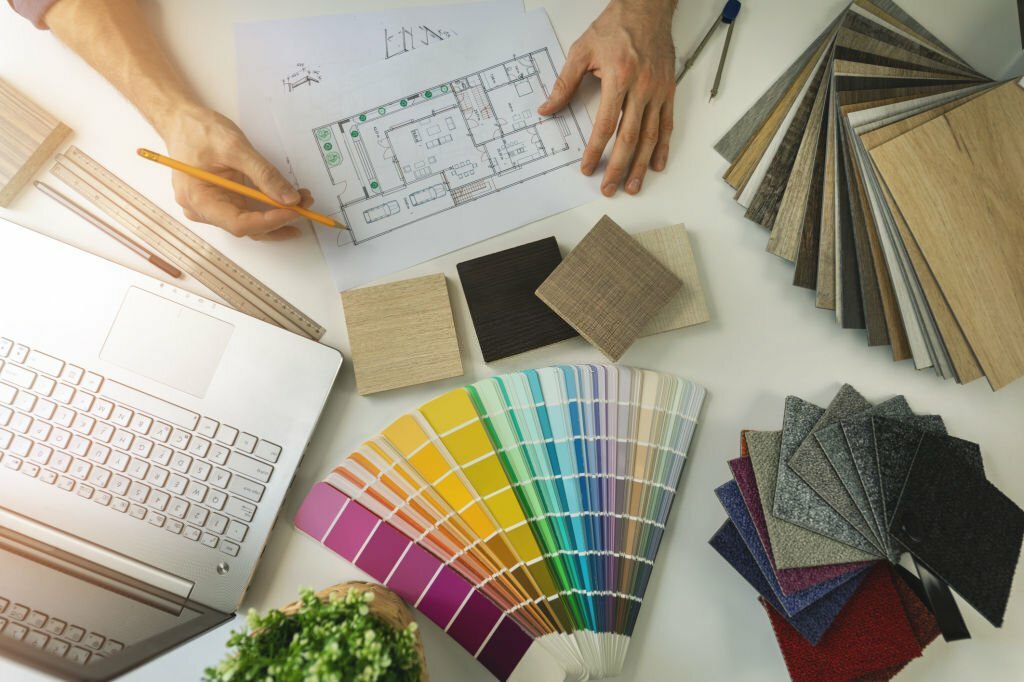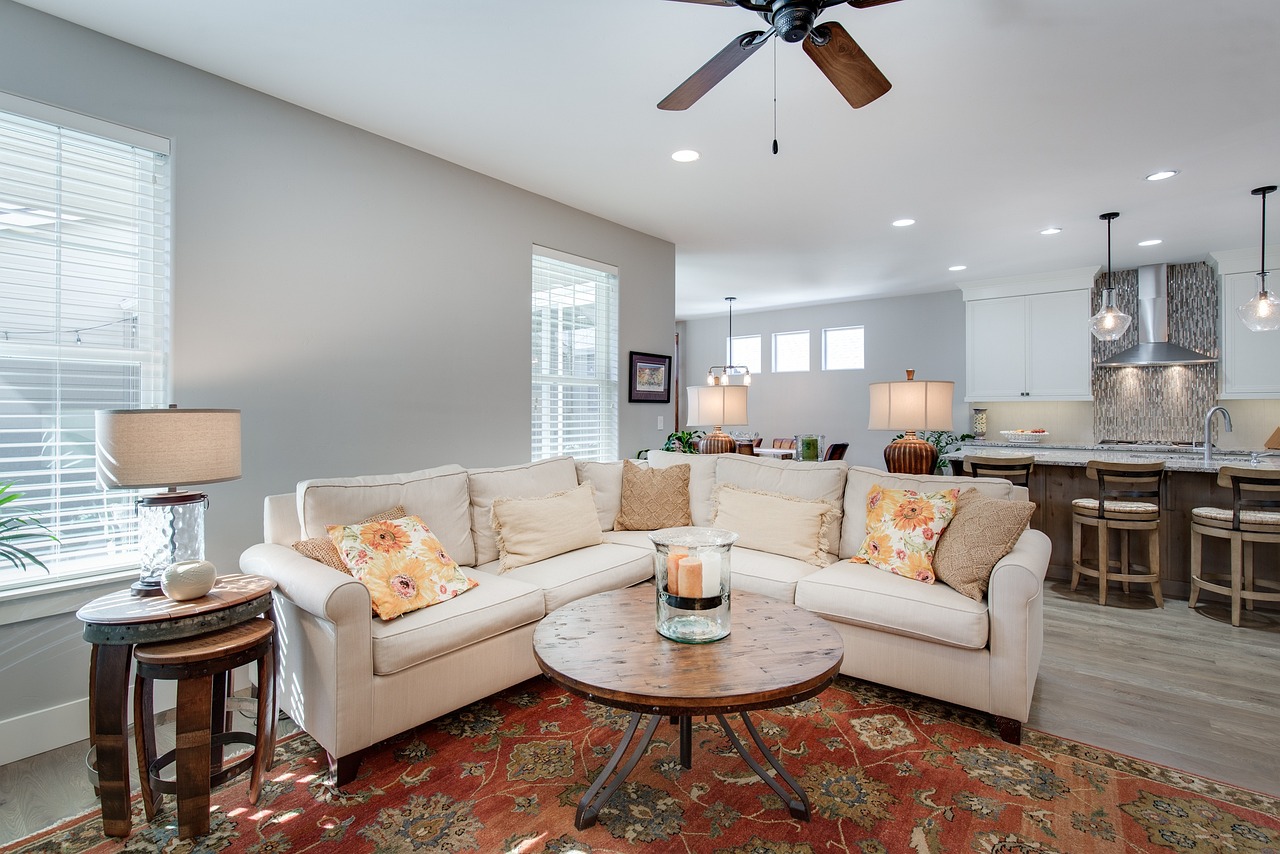The Role of Color in Interior Design and Lighting Choices
Color is one of the most important elements in interior design. It can create a mood, evoke emotions, and influence how we perceive a space. When choosing colors for your home, it is important to consider the function of each room, the overall style of your décor, and your own personal preferences.
The Psychology of Color
Different colors have different psychological effects on people. For example, warm colors like red, orange, and yellow are often associated with energy, excitement, and happiness. Cool colors like blue, green, and purple are often associated with calmness, relaxation, and peace.
When choosing colors for your home, it is important to consider the mood you want to create in each space. For example, if you want to create a relaxing and calming atmosphere in your bedroom, you might choose to use cool colors like blue or green. If you want to create a more energetic and exciting atmosphere in your living room, you might choose to use warm colors like red or orange.
Color Theory
Color theory is the study of how colors interact with each other. When choosing colors for your home, it is helpful to understand the basics of color theory.
One of the most important concepts in color theory is the color wheel. The color wheel is a circular diagram that shows the relationships between colors. The primary colors are red, yellow, and blue. Secondary colors are created by mixing two primary colors together. Tertiary colors are created by mixing a primary color with a secondary color.
When choosing colors for your home, you can use the color wheel to create different color schemes. For example, you can use complementary colors, which are opposite each other on the color wheel, to create a bold and eye-catching look. You can also use analogous colors, which are next to each other on the color wheel, to create a more harmonious and soothing look.
Using Color in Interior Design
There are many different ways to use color in interior design. You can use color on your walls, furniture, fabrics, and accessories.
When choosing wall colors, it is important to consider the size and shape of the room. Lighter colors can make a small room feel larger and more airy. Darker colors can make a large room feel more intimate and cozy.
When choosing furniture colors, it is important to consider the overall style of your décor. If you have a traditional décor, you might choose to use neutral colors like white, beige, and gray. If you have a more contemporary décor, you might choose to use bolder colors like red, orange, or blue.
When choosing fabric colors, it is important to consider the function of the room. For example, if you have a busy family room, you might choose to use durable fabrics in darker colors. If you have a formal living room, you might choose to use more delicate fabrics in lighter colors.
When choosing accessory colors, it is a great way to add pops of color to your décor. You can use colorful throw pillows, blankets, artwork, and vases to add visual interest to a room.
Lighting Choices
Lighting is another important element in interior design. Lighting can be used to create different moods and highlight different features of a room.
When choosing lighting for your home, it is important to consider the function of each room. For example, you might choose to use bright, task lighting in your kitchen and bathroom. You might choose to use softer, ambient lighting in your living room and bedroom.
It is also important to consider the color temperature of the light bulbs you use. Warm light bulbs can create a warm and inviting atmosphere. Cool light bulbs can create a more energetic and stimulating atmosphere.
Using Color and Lighting Together
Color and lighting can be used together to create different moods and atmospheres in your home. For example, if you want to create a relaxing and calming atmosphere in your bedroom, you might choose to use cool colors and soft lighting. If you want to create a more energetic and exciting atmosphere in your living room, you might choose to use warm colors and bright lighting.
Here are some tips for using color and lighting together in your home:
Use light to highlight different colors in a room. For example, you can use a spotlight to highlight a colorful piece of artwork.
Use color to create different moods in a room. For example, you can use warm colors to create a cozy and inviting atmosphere in your living room.
Use lighting to compensate for the lack of natural light in a room. For example, if you have a dark room, you can use bright lighting to make it feel more spacious and airy.
Color and lighting are two of the most important elements in interior design. By understanding the psychology of color and the basics of color theory, you can use color and lighting to create the desired mood and atmosphere in each room of your home.




Comments
Post a Comment